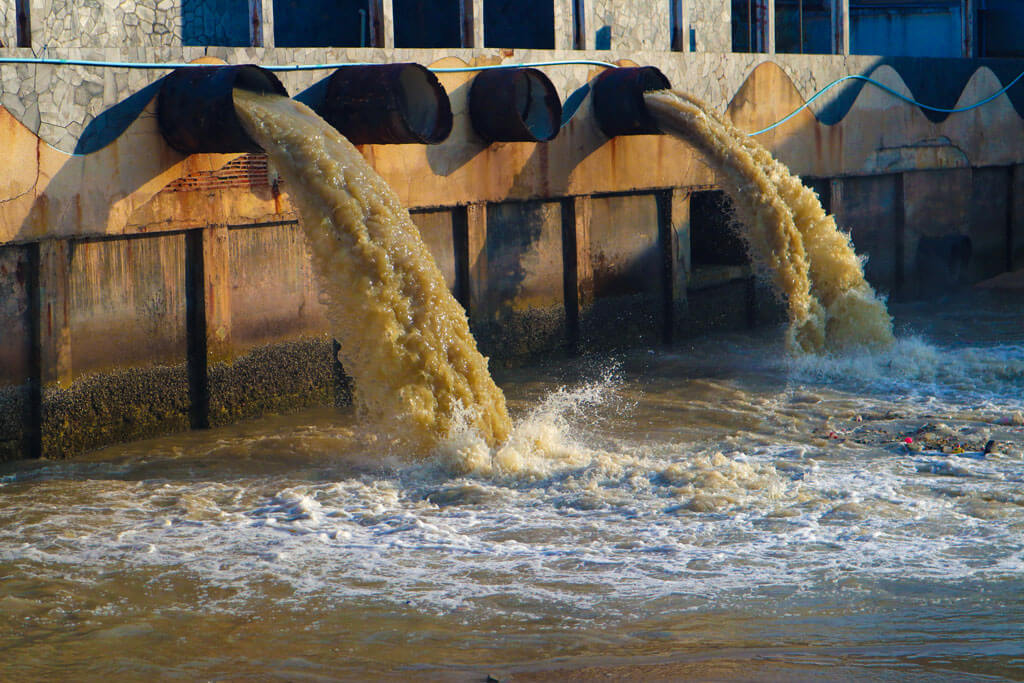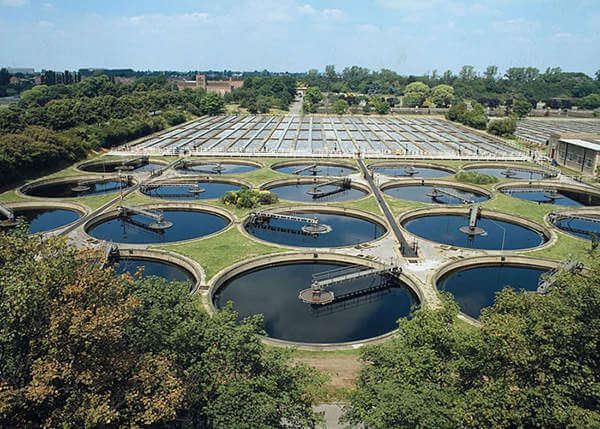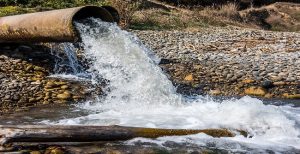Industrial wastewater is a by-product of factories whose entry into the environment has devastating effects on the ecosystem and the life cycle of animals, plants, and the environment, so the treatment of industrial wastewater and its methods are very important. There are various methods for treating industrial wastewater, which is designed and used according to the type of pollutants in chemical wastewater. The most important environmental polluting industries are food industries (including dairy industry, meat products industry, etc.), steel industry, paper and cardboard industry, textile industry, glass industry, oil, and gas industry, etc.
Which Parameters are Important in Wastewater Treatment?
There are many points in choosing the method of industrial wastewater treatment that we will introduce in the following:
- Type of organic and inorganic matter present in wastewater;
- The amount of wastewater entering the treatment plant;
- The number of suspended solids in wastewater and also the size of their particles;
- Toxic ions such as zinc, nickel, and cadmium.
What are the 3 Stages of Water Treatment?
Industrial wastewater treatment methods (chemical wastewater) have a high diversity due to the negative effects that the entry of these effluents into the environment. So that each of these methods is designed according to the type of pollutants in chemical wastewater and has special characteristics.
Physical Treatment:
The first step in the treatment of industrial wastewater is the removal of heavy and sedimentary particles in it, which can be done manually or mechanically by Separation with special separator nets. At this stage, particle removal is done in relatively large sizes and it doesn’t affect the removal of other organic and inorganic contaminants.

Chemical Treatment:
The addition of chemicals to wastewater and the separation of contaminants in this way is one of the most widely used methods of chemical treatment. It is common to use degreasers to remove colloidal particles in the effluents. These fat particles are transferred to the surface of the effluent after coagulation and can be easily collected, in addition to adding and injecting chemicals can be It also regulates the acidity of sewage, which will greatly affect the quality of the effluent. To collect and coagulate the particles in the effluent, they use packages called flocculants. This method works according to the injection method of polyelectrolyte or polyacrylamide and has two types anionic and cationic.
Biological Treatment:
The presence of bacteria and microorganisms in chemical effluents is one of the biggest threats to groundwater aquifers and human and natural health. For this purpose, it is necessary to remove these bacteria in different ways; In the following, we will become more familiar with this process’s most important equipment and methods:
Aerobic Methods:
In this method, oxygen is used to remove bacteria, by injecting air through aeration systems into the sewage and injecting some other materials such as activated sludge, purification, and elimination of pollutants are done. In deep aeration methods, to properly transfer and inject compressed air into water or wastewater, the use of air distribution diffusers is recommended due to the production of very small bubbles Are common. The smaller the air bubbles, the higher the efficiency of oxygen transfer to the water.
Anaerobic Methods:
In this method, wastewater passes through granular sludge layers, and after creating a reaction between the organic matter in the wastewater and the microorganisms in the sludge layer, finally, biogas is produced. These gases are released from the upper part of the tank and as a result, organic pollutants will be largely removed from the wastewater. This system is also known as an upward flow anaerobic activated sludge blanket and is widely used in factories, food industries, and textile wastewater treatment.

A very important point in all industrial wastewater treatment methods is that the pollutants settle in the bottom of the tank or pool after injecting chemicals or applying biological methods. The collection of these materials is done to prevent the formation of huge layers of sludge on the pool floor by the settling bridge or sludge removal bridge, rotating sludge removal bridge and half settling bridge, and reciprocating sludge bridge. It should be noted that the use of each of these models of sedimentation bridges depends on the overall shape and appearance of the pool and the type of pollutants and their amount.






